Do you have a question about the Tanita BC-1500 plus and is the answer not in the manual?
Precautionary measures to prevent injury and property damage during device operation.
Details on intended users, athlete definition, and factors affecting body fat readings.
Highlights the main features and components of the body composition monitor.
Explains warning/caution symbols and highlights critical safety warnings for users.
Details important safety measures like avoiding slippery surfaces and proper handling.
Covers home-only use, metal allergy precautions, and avoiding wet conditions.
Guidance on placement, avoiding impact, cleaning, and storage for optimal performance.
Instructions for correct battery insertion and avoiding radio frequency interference.
Instructions for correctly installing batteries and placing the monitor on a stable surface.
Provides advice on monitor care, storage, avoiding impact, and optimal operating conditions.
Details crucial factors like clothing, foot cleanliness, placement, and timing for precise results.
Covers software installation, ANT+ connection, and the step-by-step platform pairing procedure.
How to start a measurement and understanding the meaning of various indicator light signals.
Details which body composition metrics are available for Adult (Standard/Athlete) and Child users.
Alerts users with pacemakers, pregnant women, and professional athletes about usage restrictions.
Specifies intended users (adults, children) and limitations for athletes and pregnant women.
Explains the Bioelectrical Impedance Analysis (BIA) technology used for body composition measurement.
Recommends consistent timing and conditions for accurate body composition readings.
Defines body fat percentage and its importance for health, referencing healthy ranges.
Presents charts with healthy body fat percentage ranges based on age and gender.
Explains body water's role, fluctuations, and provides healthy percentage ranges.
Defines visceral fat, its health risks, and how to interpret the monitor's rating scale.
Defines BMR, its importance, factors influencing it, and Tanita's calculation method.
Explains DCI for weight maintenance and Metabolic Age as a health indicator.
Defines muscle mass, its components, and its role in energy consumption and weight loss.
Assesses physique based on body fat and muscle mass ratio, categorizing different body types.
Details bone mass, influencing factors, and provides reference charts by weight.
Explains BMI as a height-to-weight ratio and its optimal range according to WHO.
Addresses issues with stepping on the platform too early or too late, and interference.
Explains meanings of constant red (error) and blinking red (low battery) indicator lights.
Covers weight capacity limits and factors affecting measurement accuracy, like body fat percentage.
| Brand | Tanita |
|---|---|
| Model | BC-1500 plus |
| Category | Medical Equipment |
| Language | English |
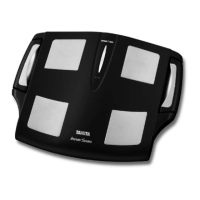
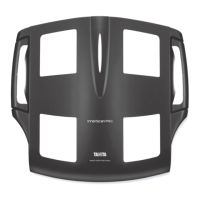



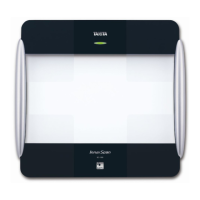
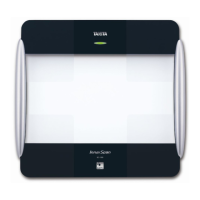
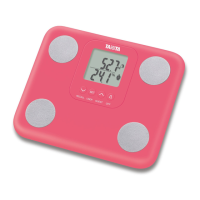
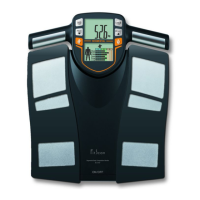

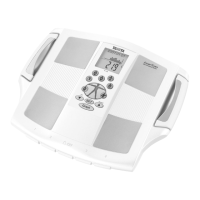
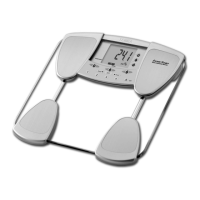
